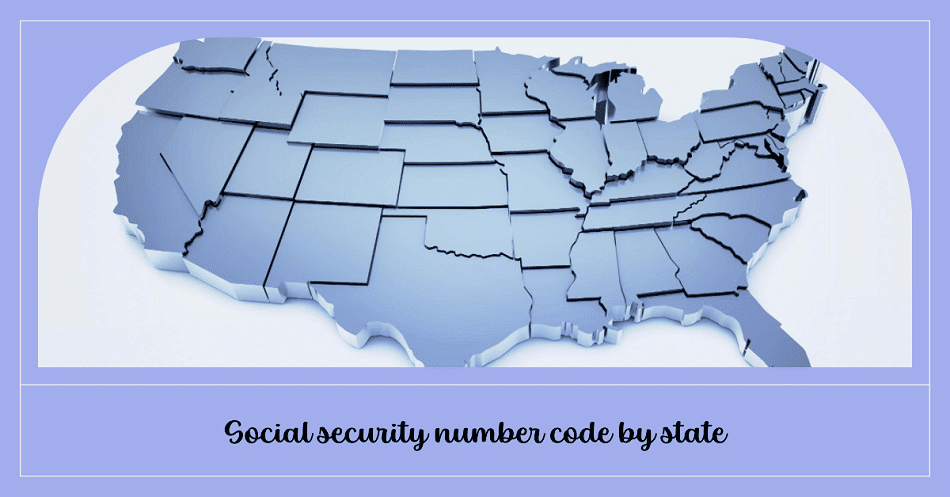Social Security Number Code by State

When discussing the intricacies of American identification systems, one cannot overlook the role of the Social Security Number (SSN). Originally introduced as a nine-digit number in 1936 to track individuals for Social Security purposes, it has since evolved into an essential identifier for various purposes in the US, including tax reporting, financial transactions, and credit applications.
A less-known fact about the SSN is the way it is structured: the first three digits, known as the Area Number, were historically assigned based on geographic regions. In essence, they functioned as a “social security number code by state.”
Historical Allocation of the Area Number
Originally, the Area Numbers were distributed in a way that the lower numbers started in the northeast of the country and then moved westward. For instance, numbers starting with 001 to 003 were allotted to New Hampshire, while numbers from 550 to 574 were given to California. This scheme allowed a quick guess about a person’s state of issuance merely by looking at the first three digits of their SSN.
Post-1972 Changes
However, since the Social Security Administration (SSA) began assigning SSNs centrally in 1972, the “social security number code by state” became more of an identifier of the state where the applicant’s SSN card was mailed rather than the state of birth. This is a significant distinction, as it’s entirely possible for someone to be born in one state but have their SSN card mailed to another.
The End of Geographical Significance
In 2011, the significance of geographical coding in SSNs came to an end. The SSA introduced the “SSN Randomization” project, which was aimed at extending the longevity of the nine-digit SSN nationwide. Under this new system, the Area Number is randomly assigned, and as a result, no longer holds any geographical significance. This move was not only to protect the integrity and longevity of the SSN system but also to enhance individual protection against identity theft.
Current Use and Misconceptions
Despite the changes, the myth of the “social security number code by state” still lingers. Some people mistakenly believe that they can determine the state of issuance or even the state of birth from the first three digits of the SSN. However, with the changes brought about by the 2011 randomization, this is no longer possible.
There are also concerns regarding privacy. Some fear that the SSN gives away too much information about an individual, but it’s essential to remember that the current SSNs no longer provide specific geographical or temporal data about their holders.
Conclusion
The history of the Social Security Number and its coding system provides a fascinating glimpse into how administrative needs can shape personal identification systems. While once there was a clear “social security number code by state,” this system has evolved over time to prioritize security, longevity, and individual privacy. Today, while SSNs remain a vital part of American life, the story they tell about their holders is much more limited and safeguarded.









